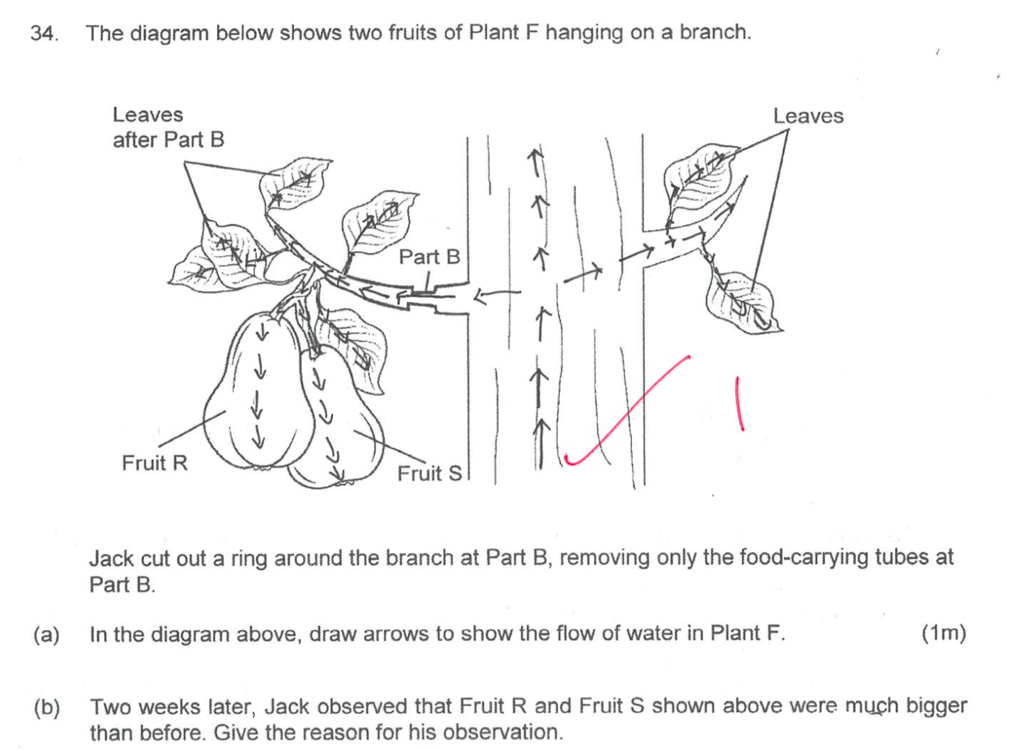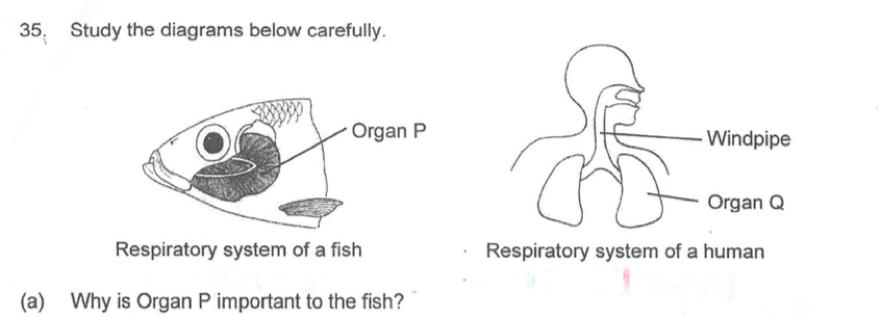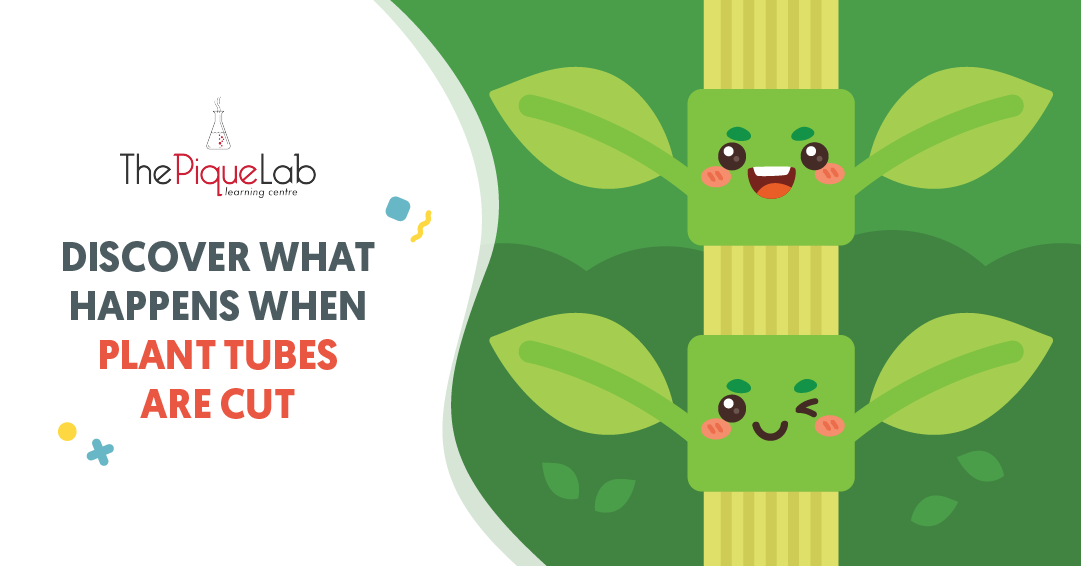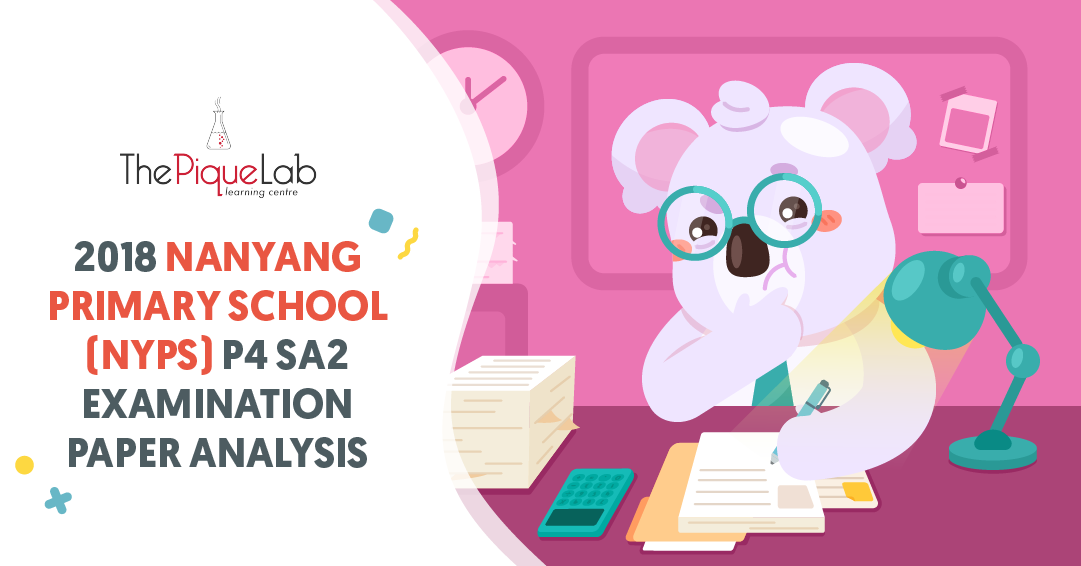Most parents know that past year examination papers are significantly more effective than assessment books when it comes to getting students the practice they need for their examinations.
Given the limited time we have each day, it is important to be strategic in helping our kids choose the right examination paper to practice on.
And as you already know, we have been analysing examination papers in the previous article, starting with the 2017 P5 SA2 Examination Paper from Nanyang Primary School (NYPS). By spending 5 minutes, you will know exactly what topics were tested in past year papers and whether your child should work on them.
In today’s article, I will be analysing the 2017 Nan Chiau Primary School (NCPS) P5 SA2 Examination Paper. I will give you a quick summary of the topic weightage in this paper and will discuss a couple of questions that students typically encounter challenges with.
What Are The Topics Tested In The 2017 Nan Chiau Primary School P5 SA2 Examination Paper?
In this particular paper, all seven topics that are typically taught at Primary 5 level were tested in the paper.
The topic of “Electricity” has the most number of questions – 4 multiple choice questions and 3 open-ended questions. This is probably because Electricity was taught in the second semester in most schools.
Additionally, we also encountered more questions on ‘Water Cycle’ being tested in the multiple-choice section.
On top of the 7 Primary 5 topics, we’ve also observed the following topics being tested:
- Magnets
- Heat Energy
- Light
- Digestive System
- Magnets
- Living Things
If we were to compare the 2017 P5 SA2 NYPS paper and the 2017 P5 SA2 NCPS paper, the latter had more questions that tested on “Heat Energy” and “Light”, which were not found in the former. In addition, “Animal Life Cycle” was not tested in the NCPS paper.
Although there are certain topics like “Matter”, “Materials” and “Animal Life Cycle” that were not tested in this paper, I would say that there is a good variety of questions of topics from Primary 4 and Primary 5. Therefore, it is quite a good paper to practise on if your child would like to test his/her concepts from Primary 4 and Primary 5.
Let’s Take A Look At Some Interesting 2017 Nan Chiau Primary School Questions
Question 34

Source: Nan Chiau Primary School – 2017 P5 SA2 Science Examination Paper (Q34)
The question I have chosen is from the topic of “Transport in Plants”. Whenever I encounter questions from this topic, I would immediately recall the two transport tubes:
- Food-carrying tubes
- Water-carrying tubes
Read Also:
Next, I would link them to the following pointers:
- What are the substances carried and transported by the tubes?
- Where is the location of the tubes?
Are you able to answer the above questions with ease?
The food-carrying tubes carry food made by the leaves to all parts of the plant.
Think about it: Where did the food come from?
One thing for sure is that the plant did not feed on other organisms! Instead, the leaves contain chloroplasts, which contain chlorophyll, to trap light for photosynthesis to make food.
On the other hand, the water-carrying tubes transport water and mineral salts absorbed by the roots from the soil upwards to all parts of the plant, especially the leaves, since water is needed for photosynthesis to make food.
It would be important to note that food-carrying tubes can transport food from the leaves UP and DOWN the plant. This is unlike the water-carrying tubes, which transport water and mineral salts absorbed by the roots UP the plant only.
Let’s Analyse The Question
The arrows drawn by the student clearly shows understanding of the direction of movement of substances within the plant. However, the written answer for part (b) is not ideal.
Let us understand why.
Student’s Answer For Part (b):
“The food made from the 5 leaves could only be transported to the fruits and the twig. Hence, more food will be transported to the fruits causing them to be bigger than before.”
Let’s Analyse The Student’s Answer
To better analyse the student’s answer, allow me to break it up into 3 parts.
- Food made from the 5 leaves
- Could only be transported to the fruits and the twig
- More food will be transported to the fruits
First of all, the student mentioned that food was “from the 5 leaves”.
Think About It
1) Where are the 5 leaves?
It is extremely important for students to recognise the significance of being clear. To avoid any misunderstanding, I would use the phrasing provided in the diagram – “Leaves after Part B”.
Additionally, we would need to explain why the leaves were able to make food. The reason is, the water-carrying tubes were still present and were thus able to transport water from the roots to the leaves.
2) Secondly, the student wrote, “(Food) could only be transported to the fruits and the twig”
Why?
The student failed to mention that the food-carrying tubes were removed at Part B.
3) Thirdly, why would “more food be transported to the fruits”?
The underlying question here is this: “Where would the food be transported to then?”
It is important to explain that the food made by the leaves could not be transported to the other parts of the plant and would be transported to Fruits R and S instead.
Piecing the 3 pointers together, here is my suggested answer:
As the water-carrying tubes were not removed, water from the roots can continue to be transported to the leaves after part B. The leaves after part B could then receive water for photosynthesis to make food. Since the food-carrying tubes were removed, the food could not be transported to the other parts of the plant and was only transported to Fruits R and S, causing the fruits to be much bigger.
Question 35

Source: Nan Chiau Primary School – 2017 P5 SA2 Science Examination Paper (Q35)
Let us look at the student’s answer for Part (a) together:
“Without organ P, the exchange of gases for the fish would not be able to take place”
Let’s Analyse The Student’s Answer
Some students tend to misinterpret what is required by the question. You must remember that the question is asking why is the organ important and NOT what happens when the organ is not present. Answering the question in this manner would result in an unnecessary loss of marks.
Suggested answer: “Organ P is the gills, which absorb dissolved oxygen from the water around it for respiration to release energy.”

Are you able to identify the keyword in this question? If you have identified “many”, you are absolutely right!
Before I continue, let us look at the student’s answer:
“When the exchange of gases are made, the oxygen can be able to go through the blood vessels into the bloodstream to be circulated around the body.”
What the student has missed out in his answer to this question is the usage of comparison terms. The student has clearly identified Organs P and Q as organs that allow for exchange of gases.
Organ P: Gills – allow for exchange of dissolved gases
Organ Q: Lungs – allow for exchange of gases
Suggested answer: “The many small blood vessels allow more carbon dioxide to pass out of the blood/body and more oxygen to be absorbed into the body, which is then transported to all parts of the body.”
As you can see from Parts (a) and (b) of the question, these mistakes do not stem from a lack of understanding of the question and key concepts. Rather, they stem from a lack of proper answering technique and their inability to recognise common pitfalls.
In Conclusion
I hope the analysis of these 2 questions in this Nan Chiau Primary School paper will be able to help parents and students have a better understanding of the importance of having a clear thought process.
It’s critical to be specific in answering the question and able to identify the keywords in the question and use comparison terms to avoid wastage of precious marks.
Stay tuned for the next article!

If you like our methodology, we’ve some upcoming workshops:







